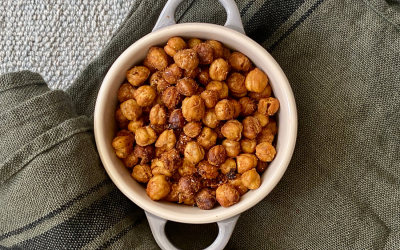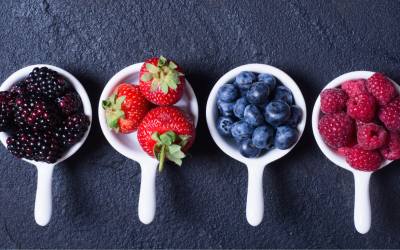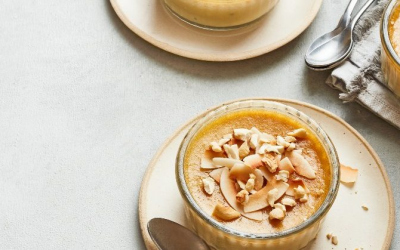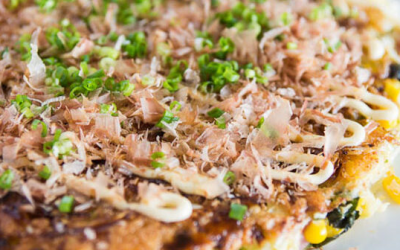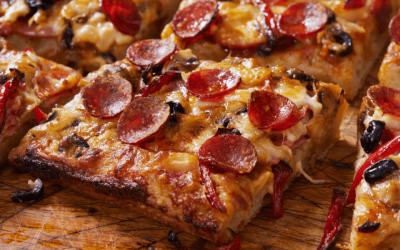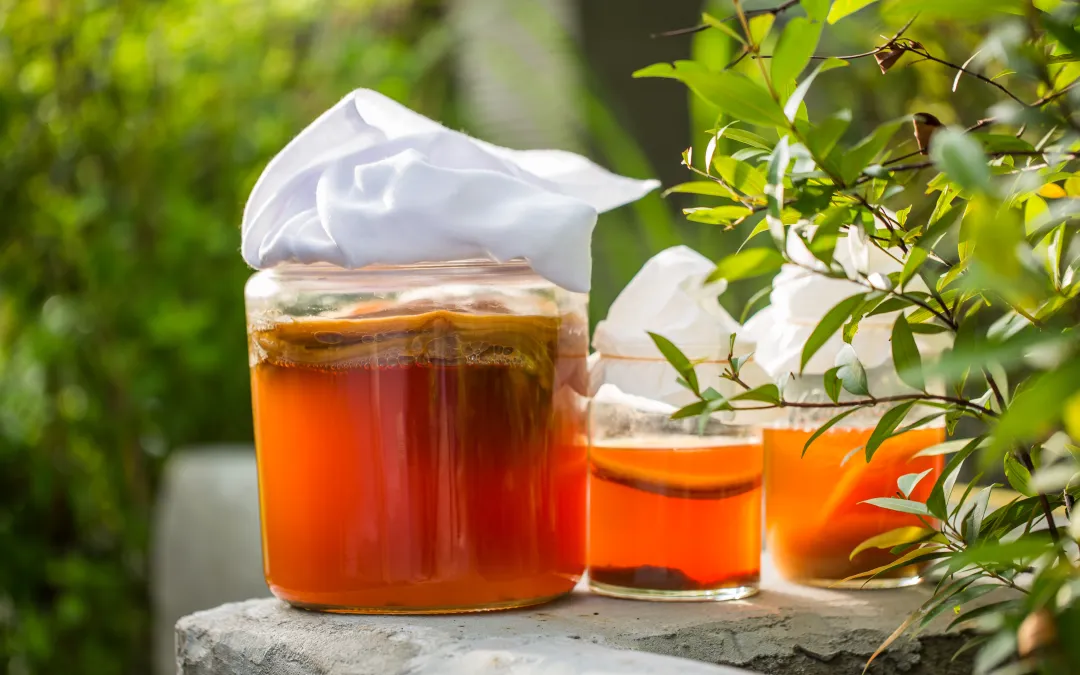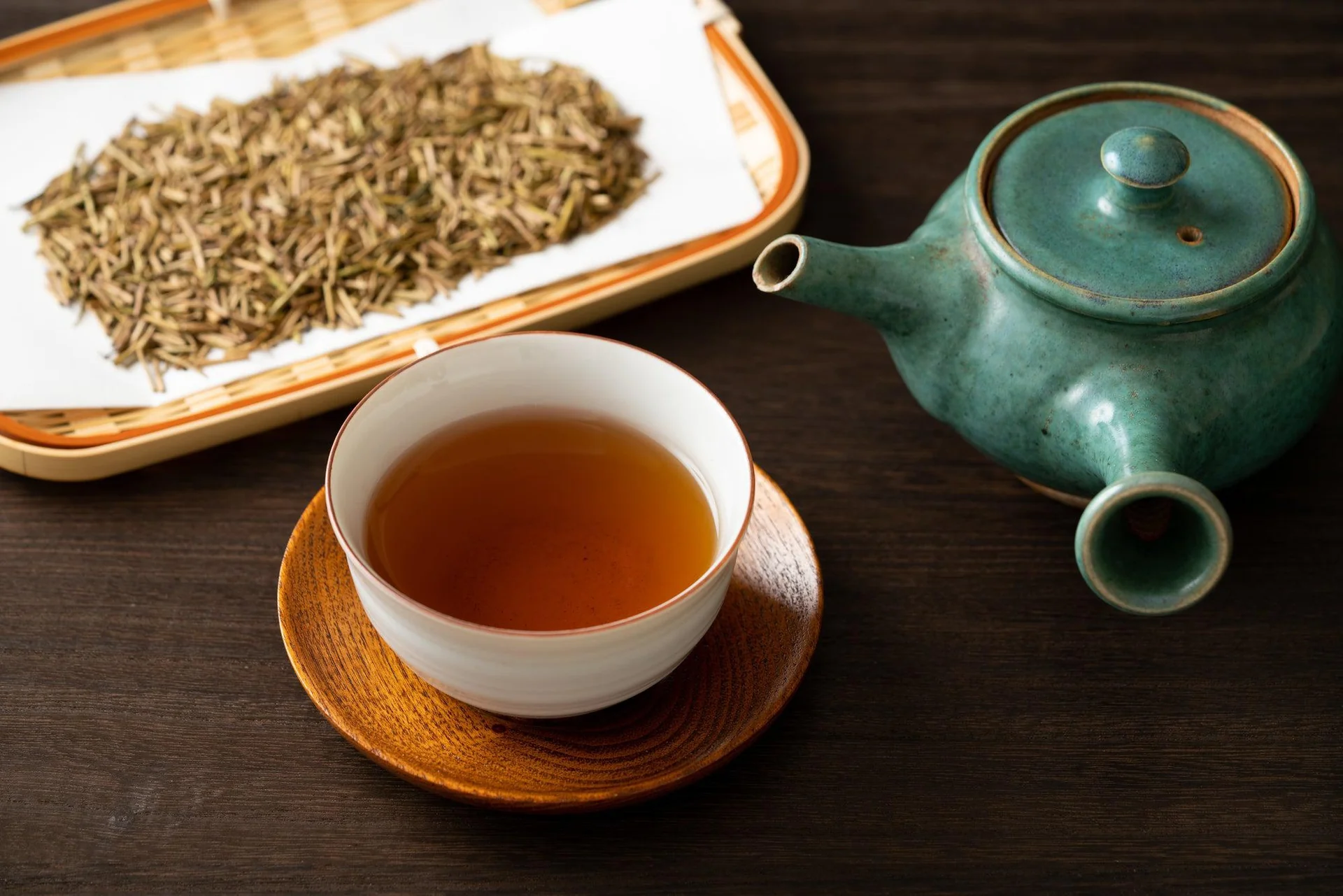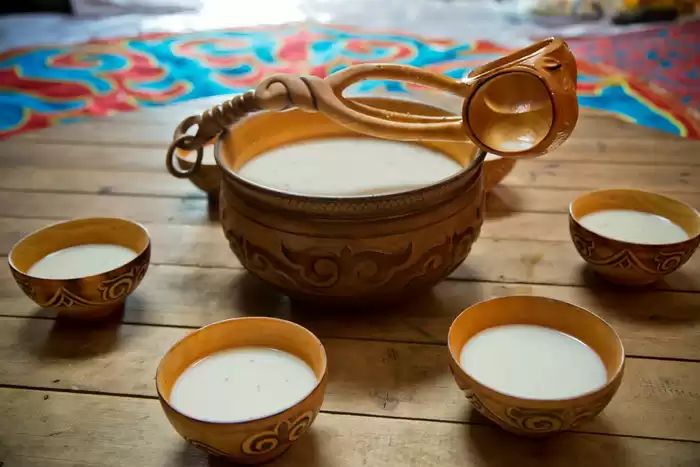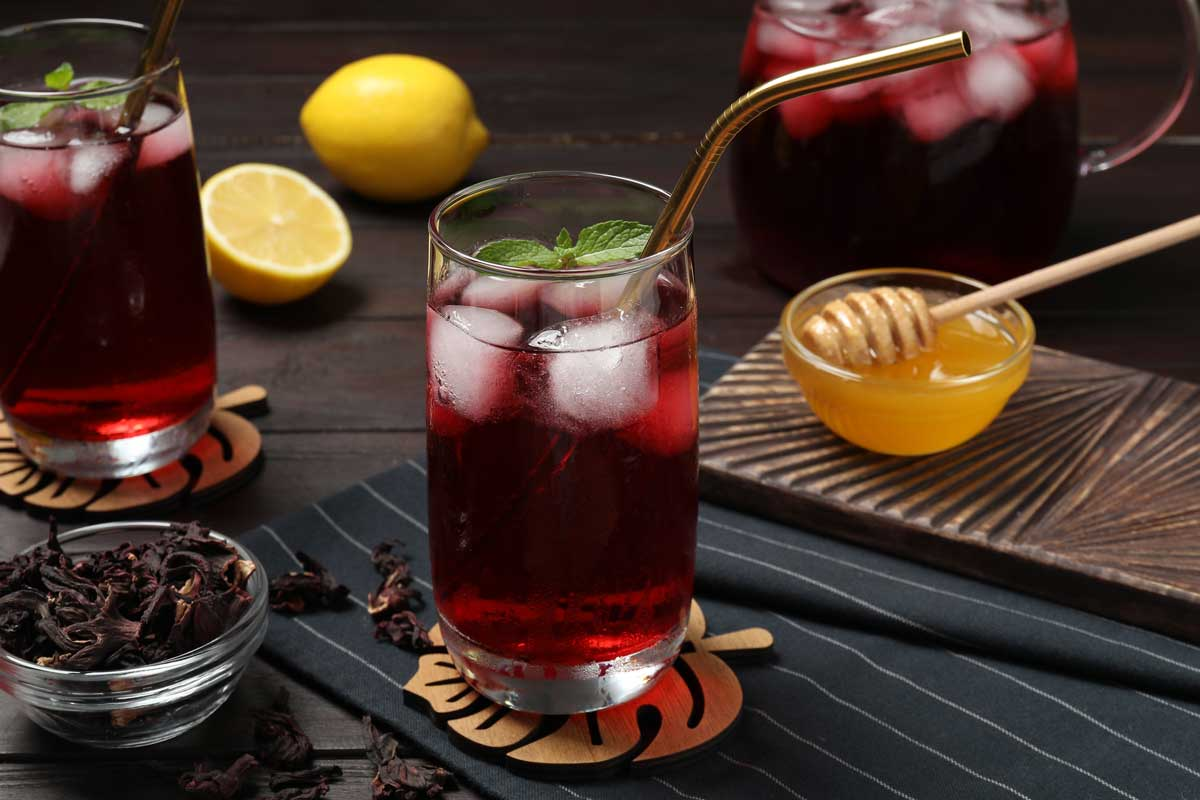lagourmandinerhumerie.com – Pour-over coffee brewing has become a favorite method for coffee enthusiasts who appreciate the art and ritual involved in making a perfect cup of coffee. Unlike more automated methods like drip coffee makers, pour-over brewing requires patience, precision, and a steady hand, offering coffee drinkers a hands-on experience that allows them to have full control over their brew. Here’s a closer look at the pour-over brewing method, how it works, and why it continues to be beloved by coffee lovers worldwide.
What is Pour-Over Brewing?
Pour-over brewing is a manual coffee brewing method in which hot water is poured over ground coffee beans in a filter. The water then slowly passes through the grounds, extracting the flavors, and drips into a carafe or coffee mug below. The key to a great pour-over is maintaining a steady, controlled pour, allowing the water to evenly saturate the grounds, extracting the coffee’s rich flavors and aromas.
Unlike automatic coffee machines that force water through the coffee grounds, pour-over brewing relies entirely on the coffee maker’s ability to control the flow of water. This gives the brewer more influence over variables such as water temperature, brew time, and the grind of the coffee, resulting in a cup of coffee that is uniquely tailored to personal taste.
The Essential Equipment for Pour-Over Brewing
To make pour-over coffee, a few key pieces of equipment are necessary. While the process may seem complex at first, the simplicity of the necessary tools is part of its appeal.
-
Pour-Over Dripper: The most common pour-over drippers are made of ceramic, glass, or stainless steel. Popular models include the Hario V60, Chemex, and Kalita Wave. Each dripper has a unique design and impact on the brewing process, but all serve the same purpose: to hold the coffee filter and grounds while water is poured over them.
-
Coffee Filters: Paper filters are most commonly used for pour-over brewing, though reusable metal filters are also available. Paper filters are known for producing a clean cup of coffee, as they capture oils and fine particles, resulting in a smooth and crisp flavor. Metal filters allow more oils to pass through, producing a fuller-bodied cup.
-
Kettle: A gooseneck kettle is ideal for pour-over brewing because it allows for precise control over the flow of water. The long, narrow spout helps achieve a steady, controlled pour, which is essential for even extraction.
-
Grinder: Freshly ground coffee is key to making the perfect pour-over. A burr grinder is preferred for its ability to provide a consistent grind size. For pour-over, a medium-fine grind is generally recommended, though this can vary depending on the dripper and brewing time.
-
Scale: A digital scale ensures the correct ratio of coffee to water, allowing for more consistency and accuracy in brewing. This is particularly helpful when experimenting with different brewing times and ratios.
-
Hot Water: For pour-over brewing, water temperature is crucial. Ideally, water should be between 195°F and 205°F (90°C to 96°C). Too hot, and the coffee may become bitter; too cold, and it may be under-extracted and weak.
The Pour-Over Brewing Process
Now that we have the essential equipment, let’s walk through the pour-over brewing process.
-
Preparation: Begin by boiling your water and grinding your coffee beans to a medium-fine consistency. The general guideline for pour-over brewing is a coffee-to-water ratio of 1:15 to 1:17. For example, if you’re brewing 1 cup of coffee (around 240 ml of water), you’ll need approximately 16-17 grams of coffee.
-
Setting Up the Dripper: Place your pour-over dripper on top of a mug or carafe and insert a coffee filter. Rinse the filter with hot water to eliminate any paper taste and preheat the dripper. Discard the rinse water.
-
Adding the Coffee Grounds: Place the ground coffee into the filter, leveling it gently with your fingers to create an even bed of coffee. A level, uniform bed ensures that the water flows evenly through the grounds, preventing uneven extraction.
-
Blooming: Begin by pouring a small amount of hot water over the coffee grounds (about twice the weight of the coffee). This is called the “bloom,” and it allows the coffee to release carbon dioxide. Let it sit for about 30 seconds. This step helps prepare the coffee for a more even extraction.
-
Brewing: After blooming, slowly pour hot water over the coffee in a circular motion, starting from the center and spiraling outward. Avoid pouring directly on the edges of the filter, as this can lead to uneven extraction. Pour in stages, allowing the water to fully pass through the coffee before adding more. The goal is to maintain a slow and steady pour, ensuring that the coffee grounds are fully saturated.
-
Finishing: Once all the water has passed through the grounds, allow the coffee to drip completely before removing the dripper. The brewing time for pour-over coffee typically ranges from 2.5 to 4 minutes, depending on the dripper and grind size.
-
Enjoy: Your pour-over coffee is now ready! Pour it into your favorite cup, and enjoy the bright, clean flavors that this method is known for.
Why Pour-Over Brewing?
Pour-over brewing offers several advantages that make it a favorite among coffee enthusiasts:
-
Control: One of the main attractions of pour-over brewing is the control it gives the brewer. You have the ability to adjust every variable—from water temperature and grind size to pouring technique—to fine-tune the flavor of your coffee.
-
Flavor Clarity: The pour-over method tends to produce a clean, bright cup of coffee. The paper filter removes most of the coffee’s oils and fine particles, leading to a crisp, clear taste that highlights the nuances of the coffee’s origin and roast profile.
-
Ritual and Mindfulness: The process of making pour-over coffee can be a meditative experience. The deliberate, slow pour encourages a mindful approach to brewing, making it a satisfying ritual that allows you to connect with your coffee.
-
Customization: With pour-over brewing, you can experiment with different beans, grind sizes, ratios, and brewing techniques to find the flavor profile that suits your taste. Whether you prefer a light and fruity brew or a darker, more robust cup, pour-over allows you to tailor your coffee experience.
Conclusion: The Timeless Appeal of Pour-Over Brewing
Pour-over coffee brewing is a method that combines precision, craftsmanship, and a deep appreciation for the coffee-making process. Whether you’re a seasoned coffee aficionado or a beginner eager to explore the world of specialty coffee, the pour-over method offers a satisfying and rewarding way to enjoy your favorite brew. With the right tools, attention to detail, and a little practice, you’ll be able to craft a cup of coffee that is truly exceptional, every time.


